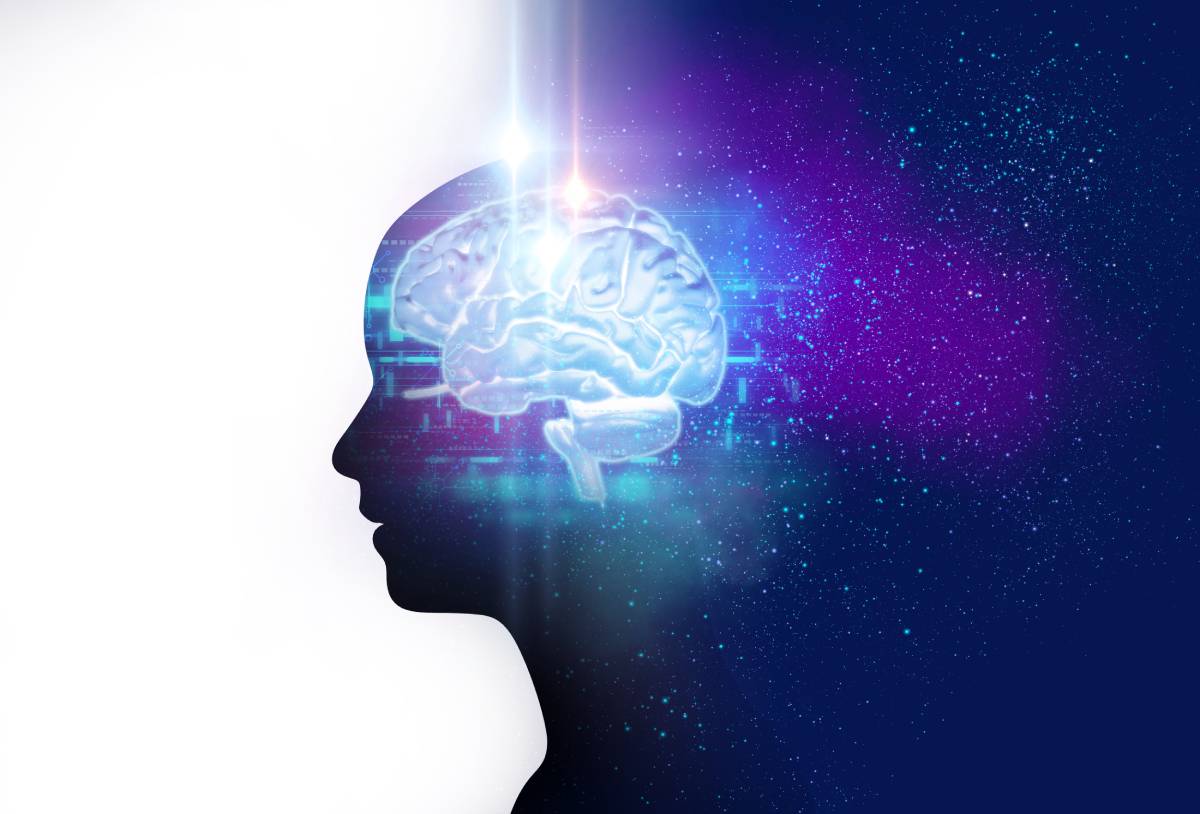Anesthesia Considerations for Electroconvulsive Therapy

A product of the 1930s, electroconvulsive therapy is the practice of purposefully inducing a generalized seizure with the aim of improving mental health.1 This can be accomplished by placing the patient under general anesthesia, then applying an external electrical stimulus to one or both hemispheres of the brain. Given its severe nature and need for anesthesia, electroconvulsive therapy is most commonly used as a last-resort treatment for pharmacotherapy-resistant depression; however, it can also be indicated as a treatment for other severe psychiatric illnesses, including catatonia and bipolar disorder [1]. A 2001 study reported that electroconvulsive therapy resolved 90 percent of symptoms in patients with severe psychomotor depression within a mere two weeks [2].
Given the very nature of the intervention, many anesthesia considerations must be taken when it comes to electroconvulsive therapy. The induction of a seizure can cause drastic physiological changes, including extremely heightened sympathetic stimulation, bradycardia, prolonged tachycardia, increased cerebral blood flow, severe prolonged muscle contraction, clenching of the jaw/oral injury, and hypertension [3]. The ideal anesthetic not only mitigates some of these adverse effects, but also provides relief across a narrow time frame: the goal window for seizure duration is around 25 to 75 second [4]. Unnecessarily long anesthesia can result in prolonged recovery time.
With these considerations in mind, methohexital, a member of the barbiturate family, has been deemed the gold standard for anesthesia during electroconvulsive therapy [3]. Although methohexital stimulates the inhibitory neuronal GABA receptors, it does not affect seizure threshold or shorten seizure length, unlike propofol, which is otherwise a widely used anesthetic agent [5]. Moreover, the anesthetic window for methohexital can be as short as 4-7 minutes [3], which is ideal considered the short-lived nature of the induced seizure. Finally, methohexital has been shown to have certain cardioprotective effects, due to the fact that it counteracts the sympathetic discharge produced by the induced seizure [3].
If methohexital is contraindicated or unavailable, there are several other viable anesthetic options. Etomidate is another barbiturate that can produce anesthesia for as short as a 5-10 minute window; however, the drug has been shown to prolong seizure activity, which must be taken into account [6]. Often, etomidate is paired with an opioid to instigate cardiodepression [6].
Like etomidate, ketamine produces anesthesia but has been known to prolong seizure activity. The NMDA antagonist has been known to produce a myriad of other side effects as well, including hallucinations, vivid dreams, and psychomimetic delirium [3]. Recovery also tends to be more prolonged than other anesthetic options. Interestingly, ketamine is currently a candidate for treatment of depression at sub-anesthetic doses – however, its anti-depressive properties as an anesthetic have not been well-characterized.
More typical anesthetics, such as propofol and sevoflurane, heighten the threshold for seizure activity, therefore reducing overall seizure length. This effect is undesirable except in cases when the patient has previously had issues with an overly prolonged seizure. Opioids may be required to ensure that protective cardiodepression is attained.
A number of unique anesthesia considerations must be made prior to performing electroconvulsive therapy. For this reason, gaining an extensive patient history prior is vital for determining the best approach to anesthesia, particularly if the patient has experienced complications in prior iterations of the procedure.
References
1 Payne, N. A., & Prudic, J. (2009). Electroconvulsive therapy: Part I. A perspective on the evolution and current practice of ECT. Journal of psychiatric practice, 15(5), 346–368. https://doi.org/10.1097/01.pra.0000361277.65468.ef
2 Petrides, G., Fink, M., Husain, M. M., Knapp, R. G., Rush, A. J., Mueller, M., Rummans, T. A., O’Connor, K. M., Rasmussen, K. G., Jr, Bernstein, H. J., Biggs, M., Bailine, S. H., & Kellner, C. H. (2001). ECT remission rates in psychotic versus nonpsychotic depressed patients: a report from CORE. The journal of ECT, 17(4), 244–253. https://doi.org/10.1097/00124509-200112000-00003
3 Reasoner, J., & Rondeau, B. (2021). Anesthetic Considerations In Electroconvulsive Therapy. In StatPearls. StatPearls Publishing.
4 Jindal, S., Sidhu, G. K., Kumari, S., Kamboj, P., & Chauhan, R. (2020). Etomidate versus Propofol for Motor Seizure Duration during Modified Electroconvulsive Therapy. Anesthesia, essays and researches, 14(1), 62–67. https://doi.org/10.4103/aer.AER_5_20
5 Avramov, M. N., Husain, M. M., & White, P. F. (1995). The comparative effects of methohexital, propofol, and etomidate for electroconvulsive therapy. Anesthesia and analgesia, 81(3), 596–602. https://doi.org/10.1097/00000539-199509000-00031
6 Gazdag, G., Kocsis, N., Tolna, J., & Iványi, Z. (2004). Etomidate versus propofol for electroconvulsive therapy in patients with schizophrenia. The journal of ECT, 20(4), 225–229. https://doi.org/10.1097/00124509-200412000-00007
